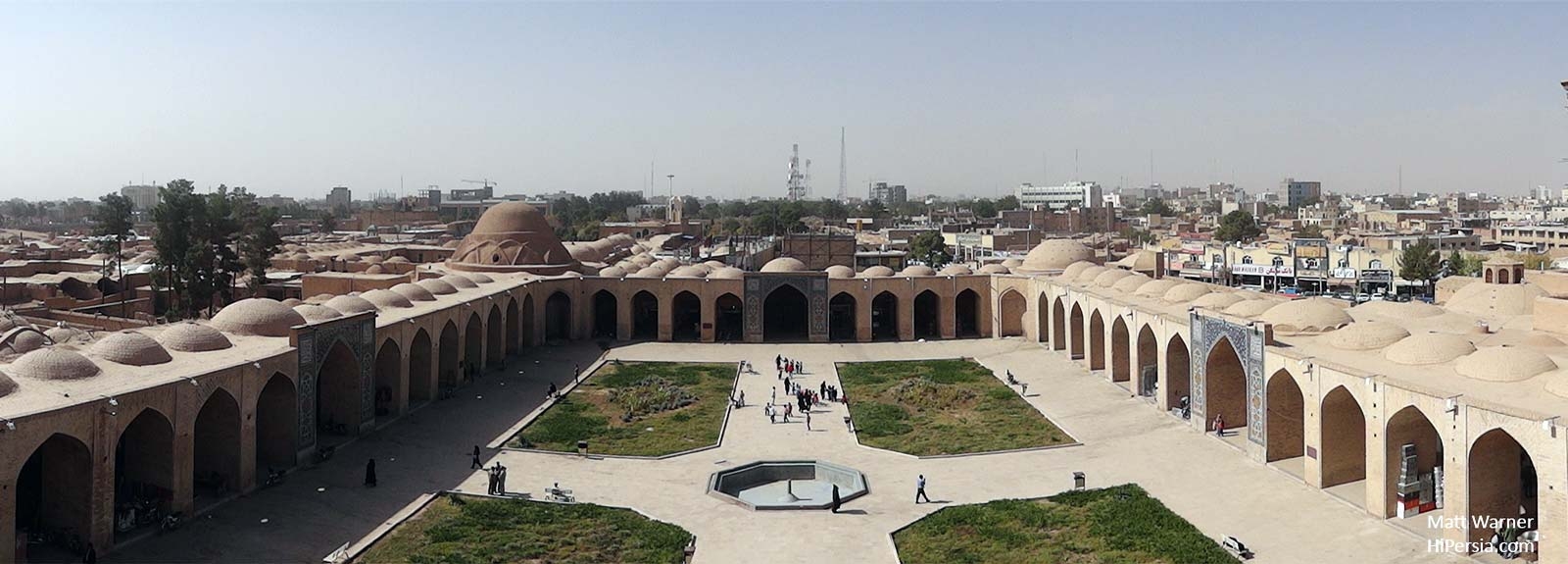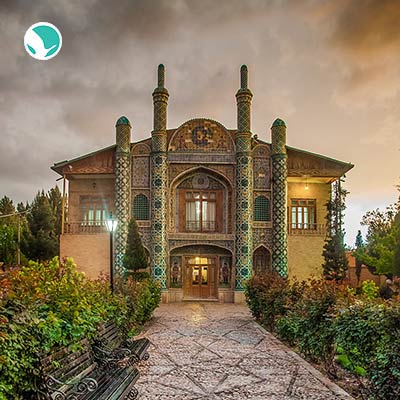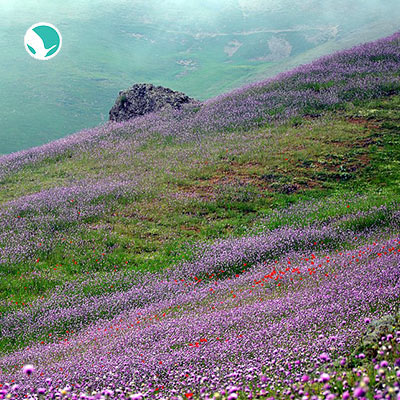



Ganj Ali Khan Complex is a Safavid-era building complex, located in the old center of the city of Kerman, Iran. The complex is composed of a school, a square, a caravanserai, a bathhouse, an Ab Anbar (water reservoir), a mint, a mosque, and a bazaar.
Ganjali Khan Complex is a Safavid-era building complex, located in the old center of the city of Kerman, Iran. The complex is composed of a school, a square, a caravanserai, a bathhouse, an Ab Anbar (water reservoir), a mint, a mosque, and a bazaar. This complex was built by Ganjali Khan who governed Kerman and in the Isfahani style of architecture. There are several poem inscriptions laid inside the complex that decoding of the last hemistich smartly indicates the exact date when these places have been built.
In ancient Iran, the squares of the cities were established near the governorships and were places for gatherings and ceremonies. The architecture is Similar to Naqsh-e Jahan Square in Isfahan and Mir Chakhmagh Square in Yazd is surrounded by urban elements such as bazaars, Caravanserais, and schools.
The entrance of the building is painted with ornaments of the Safavid era. It is composed of a disrobing room, cold room, and hot room, all covered with domes carried on squinches. It is composed of a disrobing room, cold room, and hot room, all covered with domes carried on squinches. The Ganjali Baths are unique works of architecture decorated with exquisite tile works, paintings, stuccos, and arches. The bathhouse was converted into an anthropological museum in 1971. In the closet section and main yard of the bath, there are many lifelike statues. These statues were designed at Tehran University's faculty of fine arts in 1973 and then transferred to this museum.






“Oh! Squander not this breath that Heaven hath lent thee, Nor make too sure another breath to borrow!’” Khayam